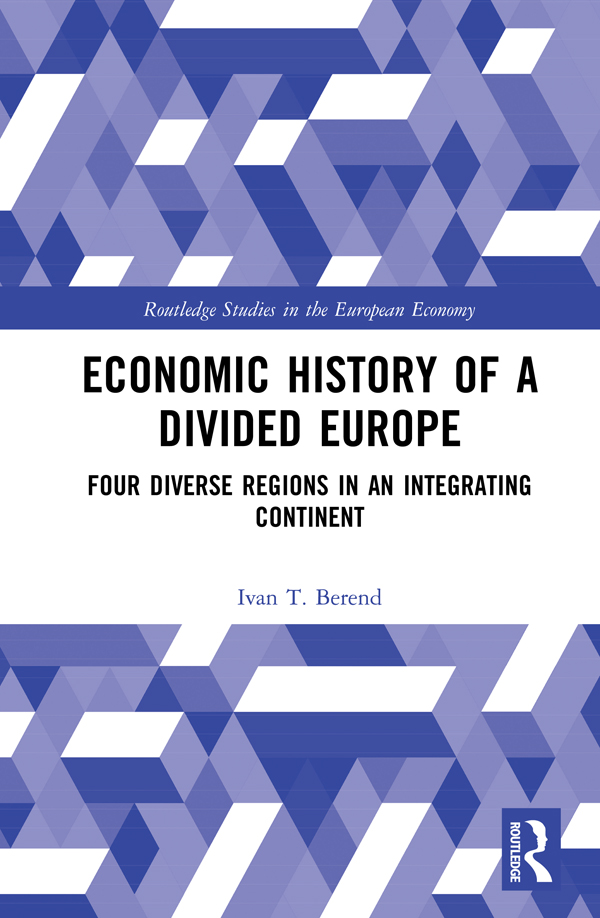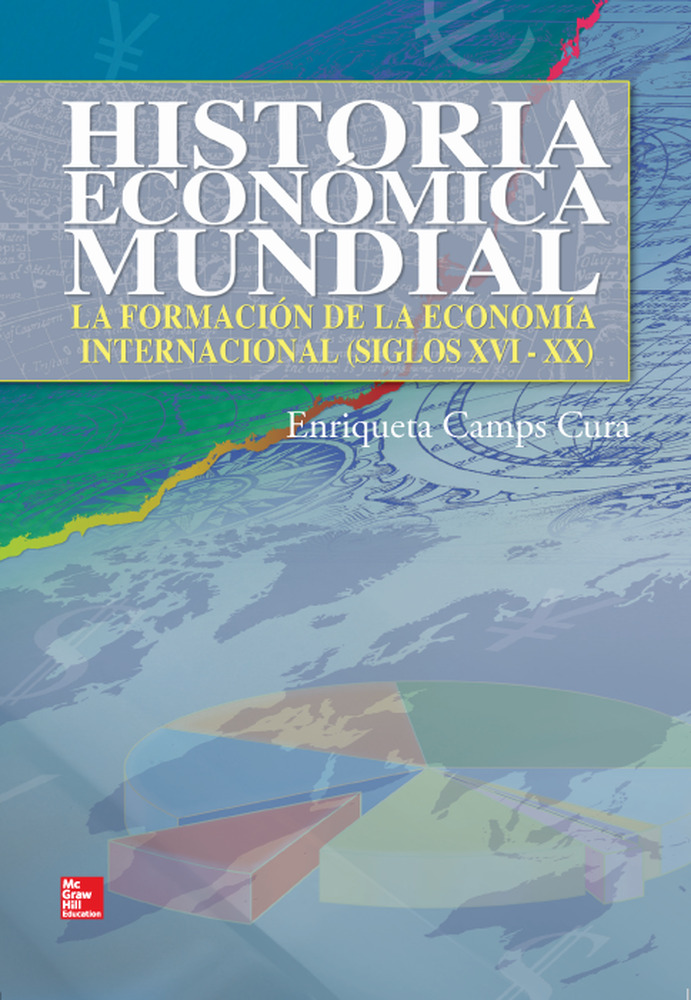This book presents the sharp regional diff erences within the integrating European continent. Four regions – Northwestern Europe, Southern Europe, Central Europe, and Eastern-Southeastern Europe – represent high, medium, and relatively less-developed levels of economic advancement. These disparities have emerged as a result of historical diff erences that produced and reinforced cultural and behavioral diff erences.
The author examines the distinctions between the regions, looks at how these differences transpired and became so retrenched, and answers the question of why some countries were able to elevate to higher levels of economic development while others could not. This book is unique in that it provides a timely historical analysis of the main causes of the most pressing conflicts in Europe today. Readers will come away from this book with a deeper understanding of the sharp divergence in economic standing between the four different regions of Europe, as well as knowledge about how institutional corruption and other cultural features exacerbated these variations. The book also offers a better understanding of major European Union confl icts between member countries and between member and nonmember countries, as well as the rise of autocratic regimes in certain countries. The book begins with a short history of European integration throughout European civilization and then goes on to discuss the modern reality of integration and attempts to homogenize the Continent that divided into four different macro-regions.
It will primarily appeal to scholars, researchers and students studying Europe from various fi elds, including economics, business, history, political science, and sociology, as well as a general readership interested in Europe’s past, present, and future.
Table of Contents
Introduction: Europe, its civilization and historical regions
Europe and its civilization
The idea and reality of European integration
In spite of homogenized continent, major macro-regional differences
Is the Central and Eastern European backwardness a legacy of communism?
The ‘longue durèe’ approach
Evaluating and measuring peripheral backwardness
The terms of backwardness, its measurement and generalization
Regional differences and the future of Europe
Chapter 1. Long historical roads towards regional differences within Europe: Four regions in 1913
Explanatory theories and the reality
Road towards high level of advancement: Northwestern Europe
The revolutionary transformation of the western mind; from the renaissance via
reformation to scientific revolution and enlightenment
Northwest Europe at the top
Dead-end roads and relative backwardness in the peripheries
Three distinct peripheral macro-regions before World War I
Chapter 2. A radically changed world, yet unchanged regional division: Four regions in
Early-21st-century Europe
The 21st century: a dramatically changed world and Europe
Regionalization of the enlarged European Union
The other side of core-periphery relations: roads to catch-up
Four regions in early 21st century
The changing positions of some countries in an unchanged regional divide
Europe’s divided regions’ position in the world
Chapter 3. What preserves regional differences? The social, economic and cultural factors
The dialectic of change and continuity
Survival of micro-regional peripheral backwardness in advanced countries
Social-economic structural weaknesses of peripheral countries
Preserved peripheral social-cultural characteristics
Anti-capitalist mentalities, sharply divided societies, and lower levels of education
Weaknesses in entrepreneurship
Peripheral attitude towards the state and institutions
The black (or shadow) economy
Labor market and work ethic weaknesses
Epidemic corruption and tax evasion
Tendencies towards authoritarian-dictatorial power
Chapter 4. The most developed core of Europe: the Northwest
Europe’s superpower status and the North-West region
Reunified Germany in the driver’s seat
What factors have helped the reproduction of North-West preeminence in the 21st century?
The economic strength of North-West Europe
Technological revolution, the renewed energy system and de-industrialization
The service revolution and the financial sector
The strength of modern industries
The North-West: the biggest service provider
The 2008 financial crisis in North-West Europe
Moderate neo-liberal turn: weakening the welfare state and workers’ rights
Questionable stability of the North-West
Chapter 5. The Mediterranean-Irish region: catching-up with the West but burdened with remnants of a peripheral past
Middle-income peripheral level until the mid-twentieth century
The rise of Ireland and the Mediterranean
The Irish miracle
Catching up on the Mediterranean
The Mediterranean-Irish twenty-first-century credit-fueled consumption bubble
Financial-economic crisis hits the region hard
Chapter 6. Central Europe and the Baltics: trapped in middle-income periphery?
Belated and partial modernization: the historical background
The interwar fiasco
«Detour from the periphery to the periphery»
Crisis and collapse
Transformation to democratic market capitalism in new state formations
Recovery and development based on capital inflow: under the tutelage of the European Union
Crisis: major weaknesses surface after 2008
Chapter 7. The Russia-Turkey-Balkans low-income region: outside Europe?
The early twentieth century: the most backward periphery of Europe
A new opening to the European world, new states and regimes after World War I
Successes and failures in the interwar decades
Economic performance of the region during the interwar decades
New political environment and troubled history after World War II
Rapid growth and industrialization
Ambivalent modernization in Turkey
Reproduced backwardness in Russia and the Balkans
The Russia-Turkey-Balkan region and the European Union
Transformation: rising or declining relative income level? The twenty-first century
Conclusion
Index







